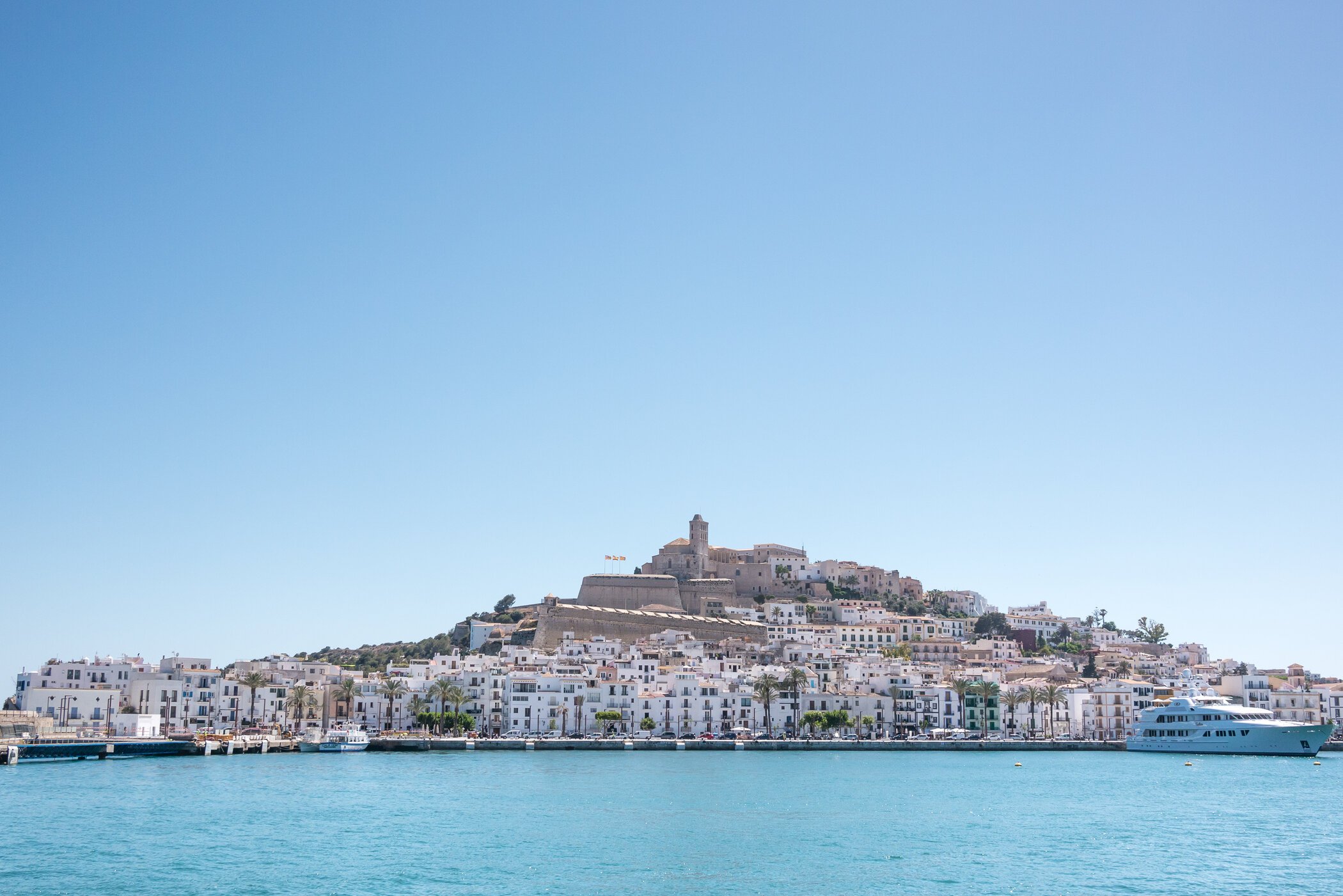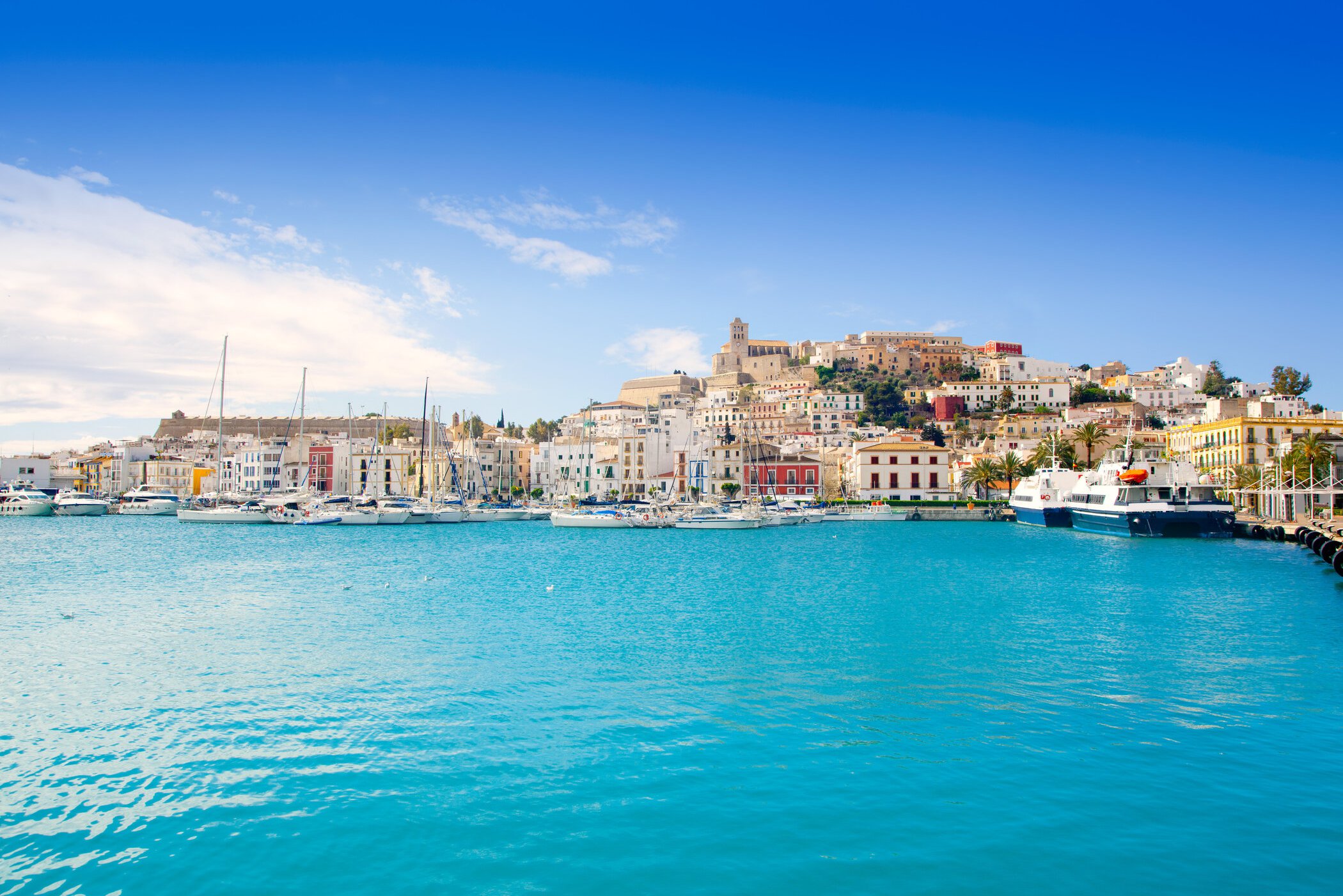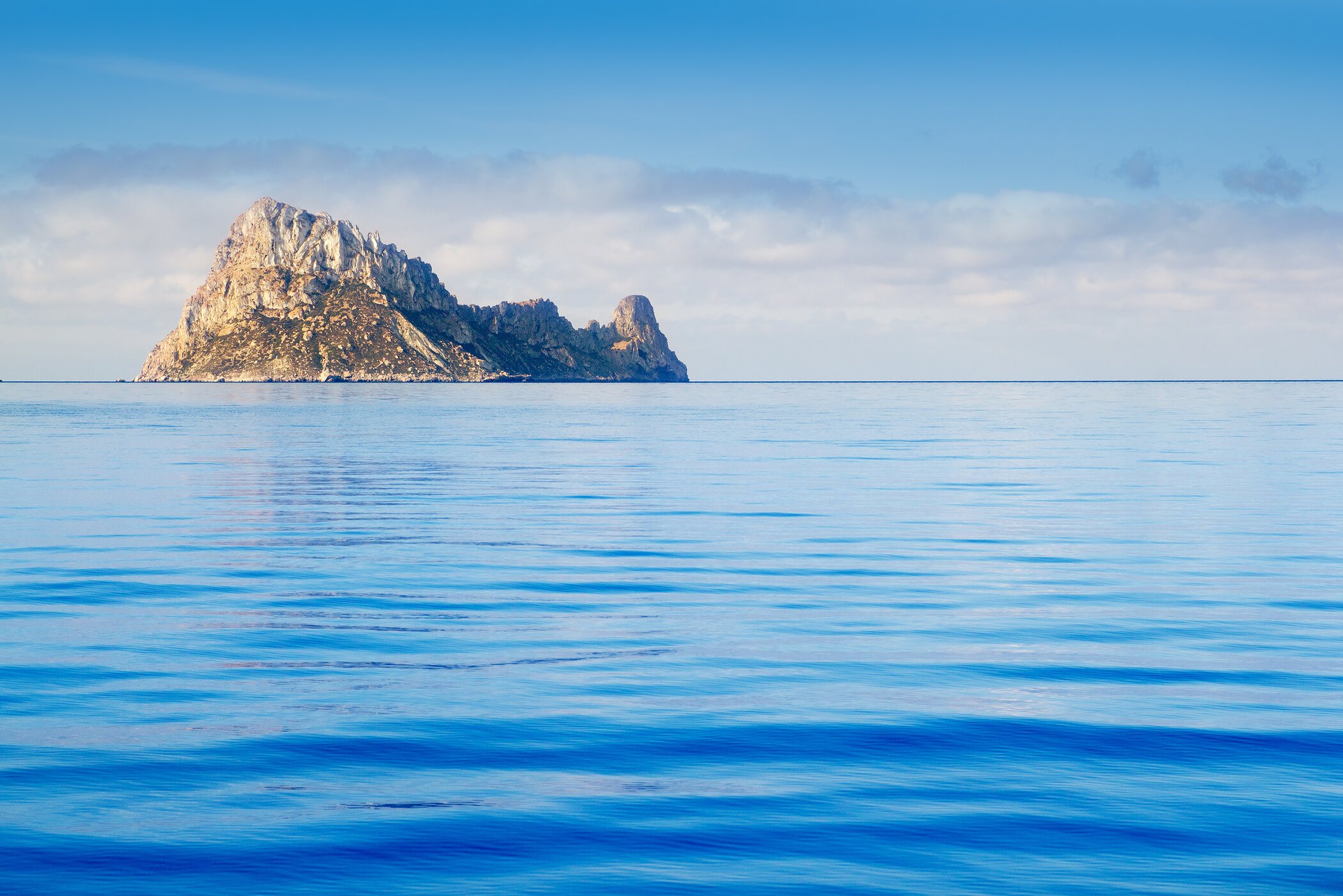NEARBY ATTRACTIONS
Enjoy beautiful beaches and fascinating attractions!
San Carlos
Back in the 1950s, various intellectuals decided to settle in San Carlos, so it has inherited an intense cultural life.
It's a small village with picture-postcard houses, a whitewashed church from 1785, a unique bell tower, a traditional well and the remains of a Roman oil mill. A must-visit restaurant is can'Aneta, famous for its traditional Ibizan hierbas.
Santa Eulalia del Rio
Based on the number of inhabitants, Santa Eulalia del Rio is the second largest municipality on the island, after Ibiza Town. It boasts a fortified church, an interesting cemetery and several whitewashed houses, all overlooked by the Puig de Missa mountain. Its many services and shops, its seafront promenade and its marina mean that it's bustling throughout the year.
Its most emblematic coves, all with fine sand, are Es Figueral, Cala Boix, Cala Llenya, Cala Nova, Es Canar, Cala Martina, s'Argamassa, Cala Pada and Cala Llonga.
What's more, there are idyllic fishing spots such as Pou d'es Lleó or Cala Mastella. A must-visit is the Torre de Campanitx tower, located between Pou d'es Lleó and Cala Boix, to admire a panorama of fields and sea with the island of Tagomago in the background.
Ibiza Dalt Vila
Ibiza Town, the island's capital, is home to the best-preserved walled enclosure in the whole Mediterranean, declared a World Heritage Site by UNESCO in 1999 thanks to the historical, cultural and architectural value of the seafront fortress, along with the winding streets and impressive landmarks such as the castle and the cathedral.
In the historic quarter, now an open-air museum, you'll find the traces of all the civilisations that have passed through Ibiza, from the Phoenicians and the Carthaginians to the Romans and the Moors, up until the Catalan conquest in the thirteenth century. The main entrance to the historic complex is the Portal de Ses Taules drawbridge, next to the Mercat Vell market, although there are other equally beautiful entrances such as the Portal Nou, next to the Reina Sofía park.
The wall was built under orders of King Felipe II, who granted Ibiza a strategic role in his defence policy in the Mediterranean and ordered the construction of the fortress to stop invasions and constant looting by Berber pirates. The Italian engineer Giovanni Batista Calvi directed the ambitious project of the walled enclosure. Jacobo Paleazzo Fratín expanded and ultimately completed the initial project. Works began in 1554 and are believed to have lasted thirty-one years.
Inside the walled enclosure you can visit the Cathedral, home to the Diocesan Museum; the Church of Santo Domingo; the Chapel of San Ciriaco; the town hall, whose cloister plays host to exhibitions, concerts and cultural events throughout the year; and the Archaeological Museum, which boasts an impressive collection of pieces related to the cultures that inhabited the island, from prehistory to medieval Islamic times.




